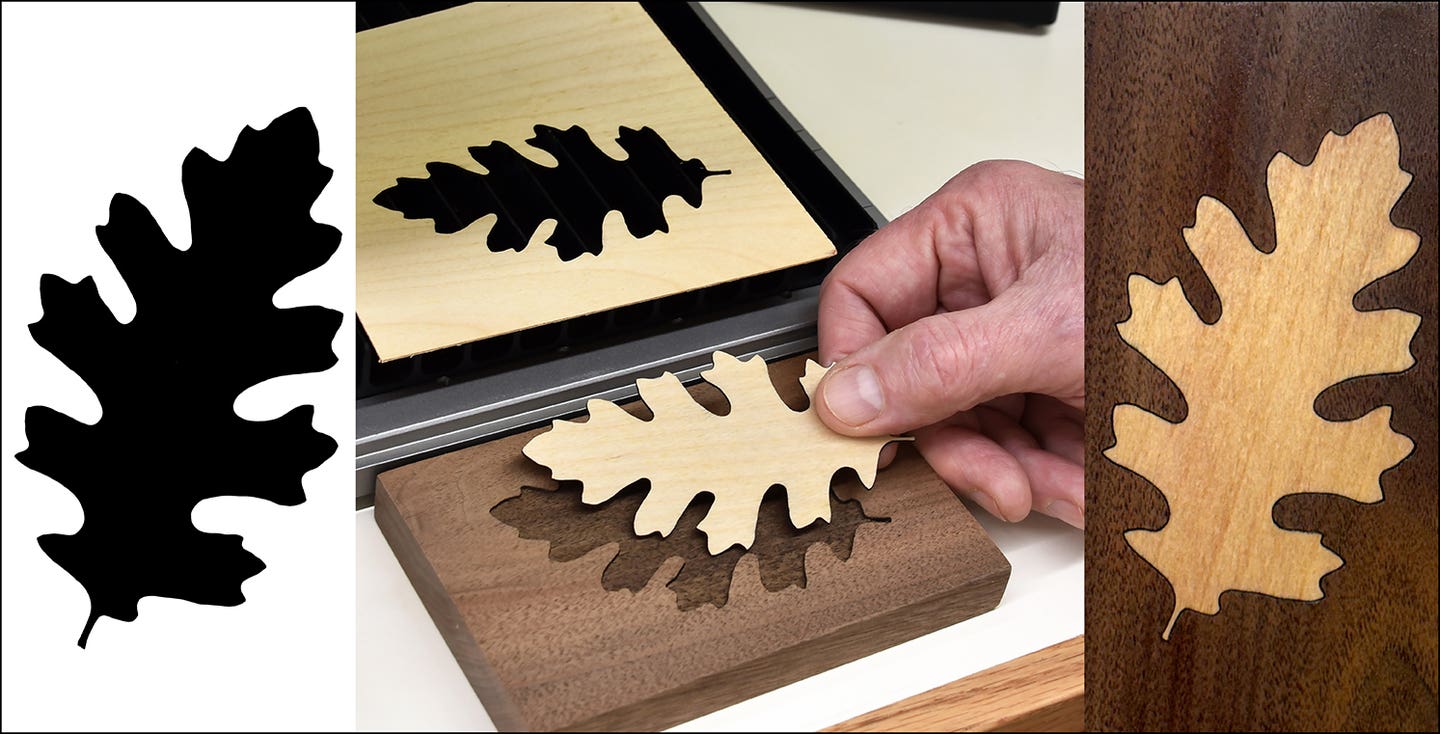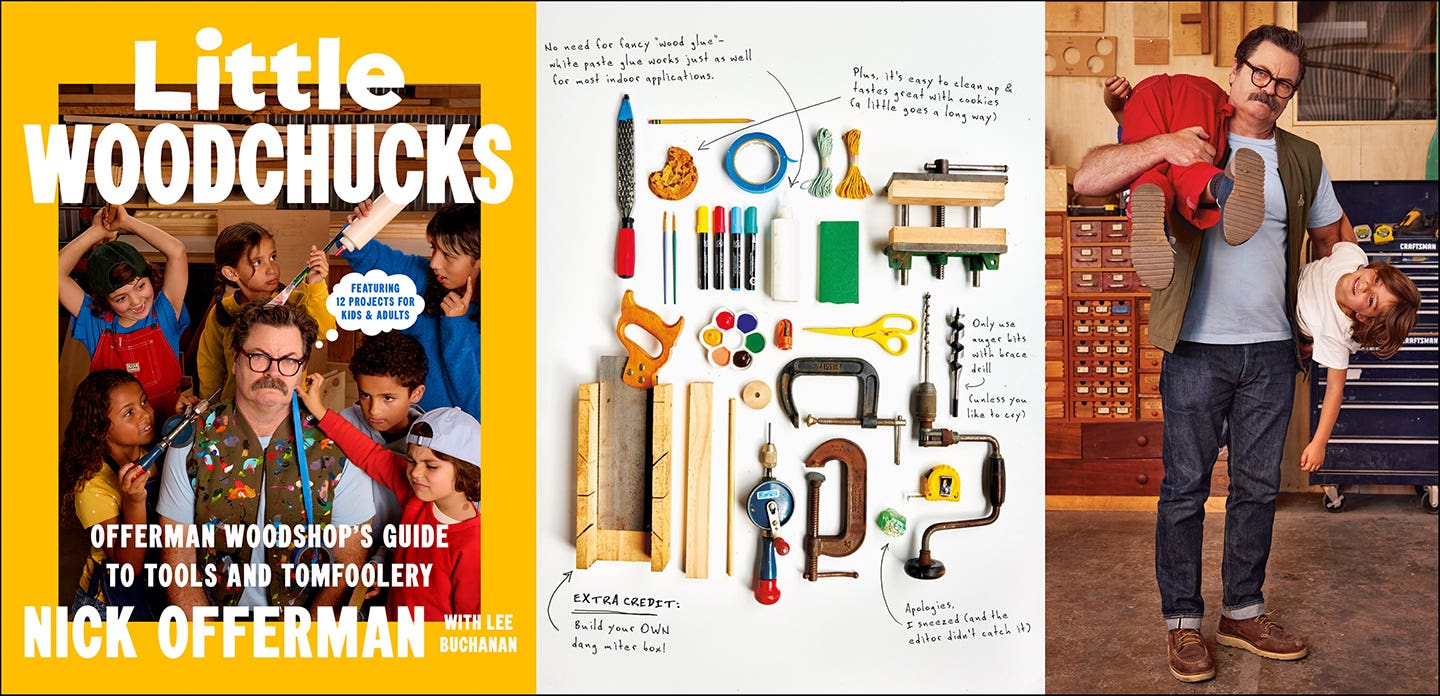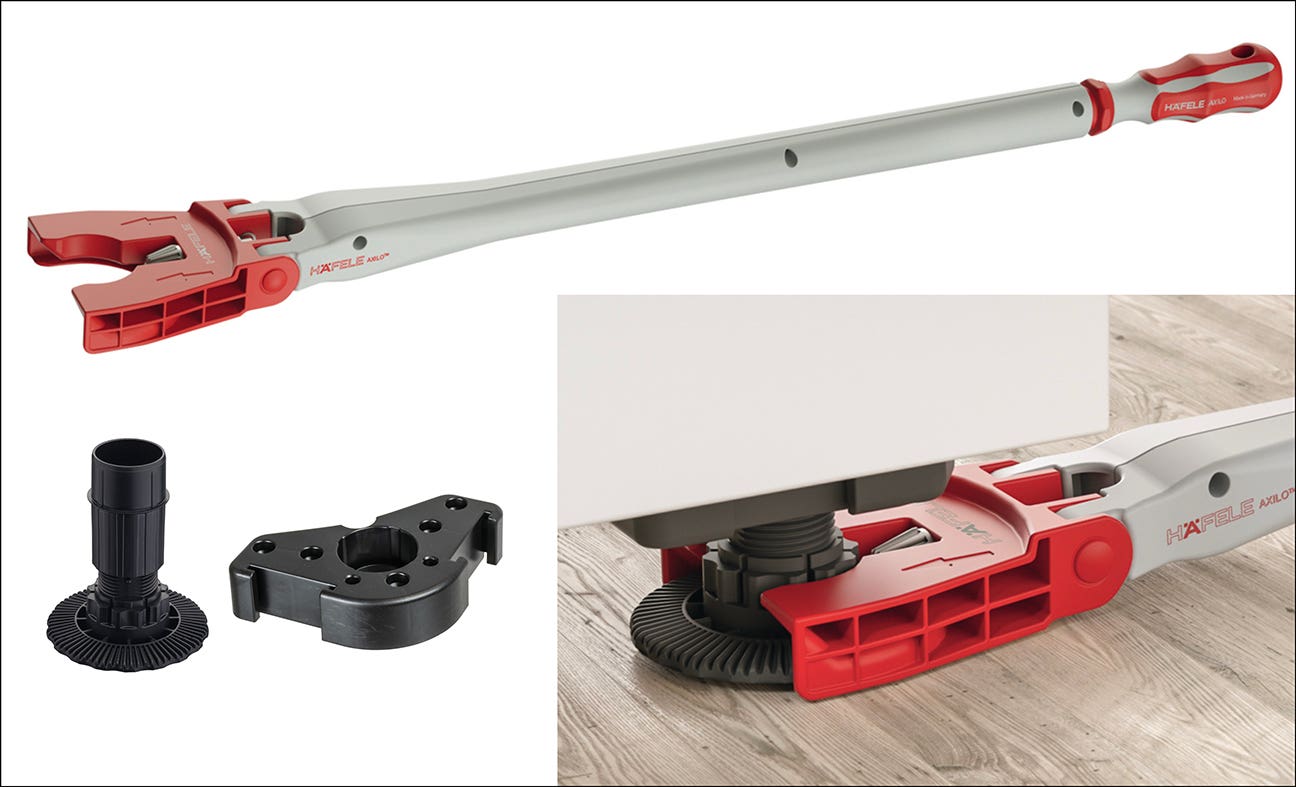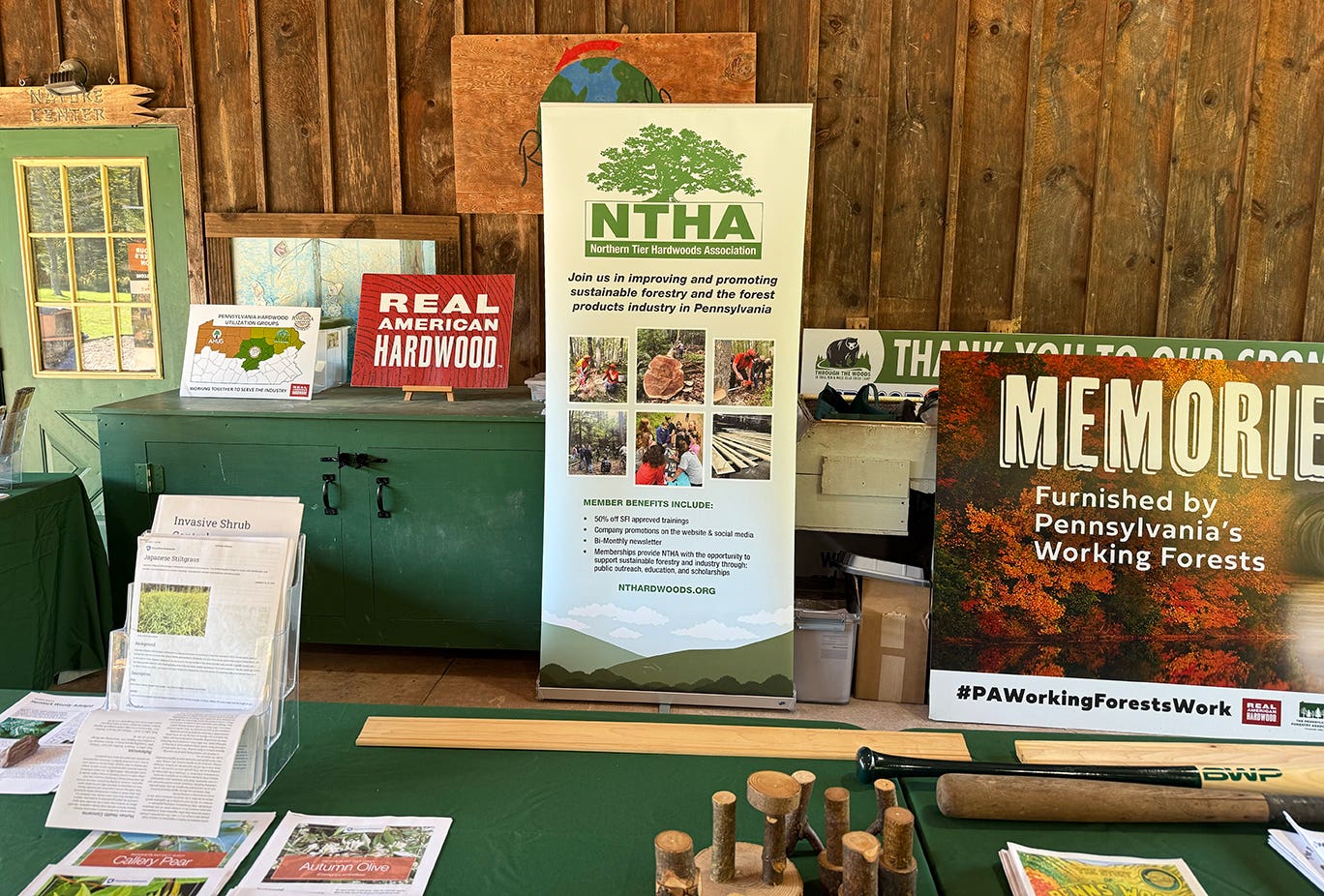The most dangerous tool
In David DeCristoforos blog for Monday (9-22-08), he discussed tool safety. Im going to pick up on his thread, but I want you to go read his blog first. Go…
In David DeCristoforos blog for Monday (9-22-08), he discussed tool safety. Im going to pick up on his thread, but I want you to go read his blog first. Go ahead; Ill wait.
Davids thoughts on the practice of categorizing tools by level of dangerosity are spot-on, but Id like to take it a step further. I think the practice is well intentioned with the overall goal being woodworking safety, but the severely flawed terminology makes any such categorization pointless.
Could be that when one woodworker speaks about the "most dangerous" tool, he means the one with the highest odds of injury, just as David discussed. The next guy, though, may be thinking that the most dangerous tool is the one with the highest "severity of injury." A third may be referring to "most difficult to use safely." A fourth guy may mean something else. These are all important, but very different, aspects of tool safety and all can describe a particular aspect of danger.
Theres also the fact that even when two woodworkers are thinking of the same definition of most dangerous, the actual level of danger will vary depending on the woodworker involved. An example Ive used before is Sam Maloofs technique of freehand-cutting rocking chair runners on the band saw for him the danger level is minimal; for me (and, I suspect, most other woodworkers) it would be extremely high.
And then there are all the variables a table saw in its own right presents one level of danger; a table saw with an unbalanced blade presents another; a table saw used improperly has a third aspect of danger; and using a table saw while tired, distracted, rushed or, God forbid, drunk throws huge amounts of variables into the mix.
Davids right in that anything can hurt you. Hes doubly right in that the most dangerous tool in the shop is the person using the tool. I would add a third observation.
When you engage in woodworking without being constantly aware of the potential danger surrounding you at all times, youre guaranteed to make it even more dangerous.
Till next time,
A.J.
A.J. Hamler is the former editor of Woodshop News and Woodcraft Magazine. He's currently a freelance woodworking writer/editor, which is another way of stating self-employed. When he's not writing or in the shop, he enjoys science fiction, gourmet cooking and Civil War reenacting, but not at the same time.







